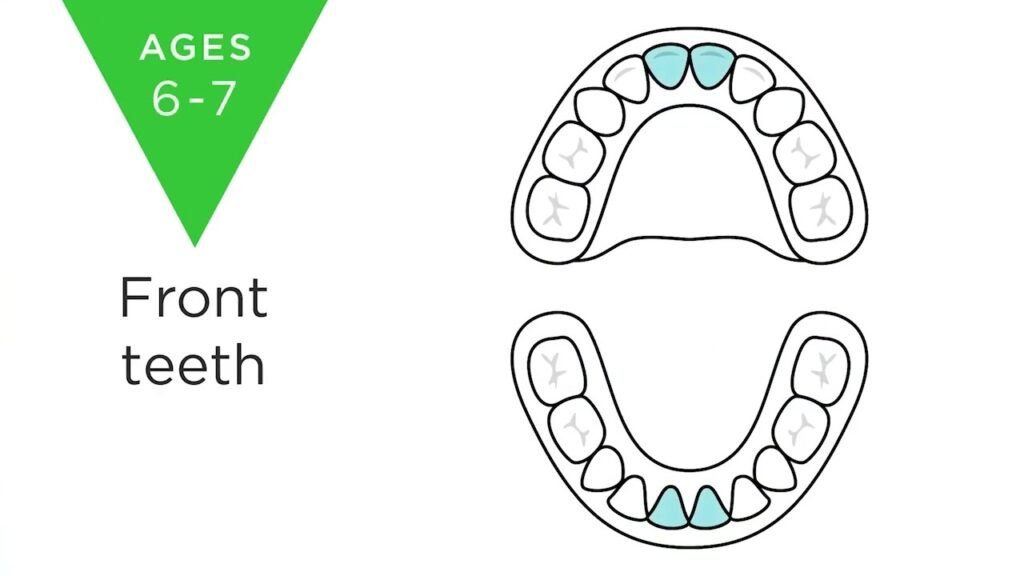Understanding the Natural Process: What Teeth Will Fall Out

Have you ever wondered what teeth will fall out as you grow older? Understanding the natural process of tooth loss can help you maintain good oral hygiene and prevent potential dental issues. In this article, we will explore the sequence of primary and permanent teeth shedding, highlighting the importance of proper dental care at every stage of life. Whether you're a parent curious about your child's dental development or an adult concerned about aging teeth, this guide will provide valuable insights into what teeth will fall out and how to keep your smile healthy and vibrant.
Which teeth need to be lost?
Around the age of 6, your child will start losing their primary teeth, also known as baby teeth. The central incisors are typically the first to go, followed by the eruption of the first permanent molars. By the age of 12, the last baby tooth, usually the cuspid or second molar, will have fallen out.
Do all 32 teeth fall out?
As children grow, their baby teeth will naturally fall out to make room for their permanent adult teeth. While they will lose all 20 baby teeth, they will eventually have a full set of 32 adult teeth. These succedaneous teeth will serve them well throughout their lives, helping them chew, speak, and maintain proper oral health.
Which teeth are permitted to fall out?
Milk teeth are the only teeth that are allowed to fall out naturally. It is important to keep these teeth healthy and clean as they play a crucial role in a child's development, aiding in eating, speaking, and preparing for the growth of adult teeth. Typically, children will start losing their milk teeth around 5 or 6 years old, with the adult teeth coming in shortly after.
A Guide to Childhood Dental Development
A Guide to Childhood Dental Development
From the emergence of baby teeth to the transition to permanent ones, understanding childhood dental development is crucial for parents and caregivers. As a child grows, their dental structure evolves, and it is important to monitor the development of their teeth and jaw to ensure proper alignment and overall oral health. By familiarizing yourself with the stages of childhood dental development, you can effectively support your child's dental hygiene and address any concerns that may arise along the way.
Discovering the Timeline of Tooth Loss
Embark on a fascinating journey through the timeline of tooth loss, unraveling the mysteries of this natural process that affects us all. From baby teeth making way for permanent ones to wisdom teeth causing a stir in our mouths, each stage holds its own significance. Gain a deeper understanding of how our oral health evolves over time, and the importance of proper dental care in maintaining a healthy smile for years to come.
Explore the intricate connections between age, oral hygiene, and tooth loss, as we delve into the timeline of this common yet often overlooked aspect of our health. Discover the factors that influence when and how teeth may be lost, and the role that genetics and lifestyle choices play in this natural progression. By unlocking the secrets of tooth loss, we can better appreciate the complexities of our oral health and make informed decisions to preserve our smiles for a lifetime.
In summary, understanding the natural sequence of primary tooth loss in children can help parents and caregivers anticipate and support their child's dental development. By knowing what teeth will fall out and when, individuals can promote good oral hygiene habits and seek timely professional care, ultimately ensuring a healthy and happy smile for their little ones.